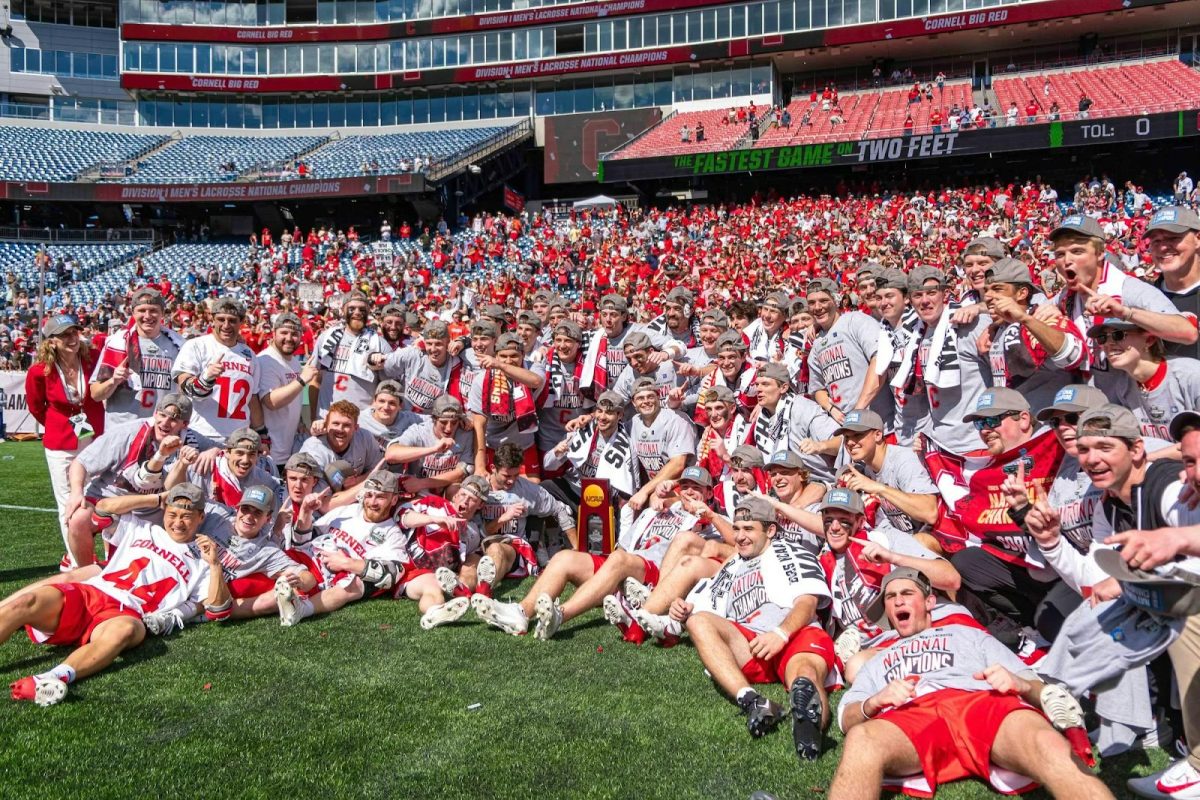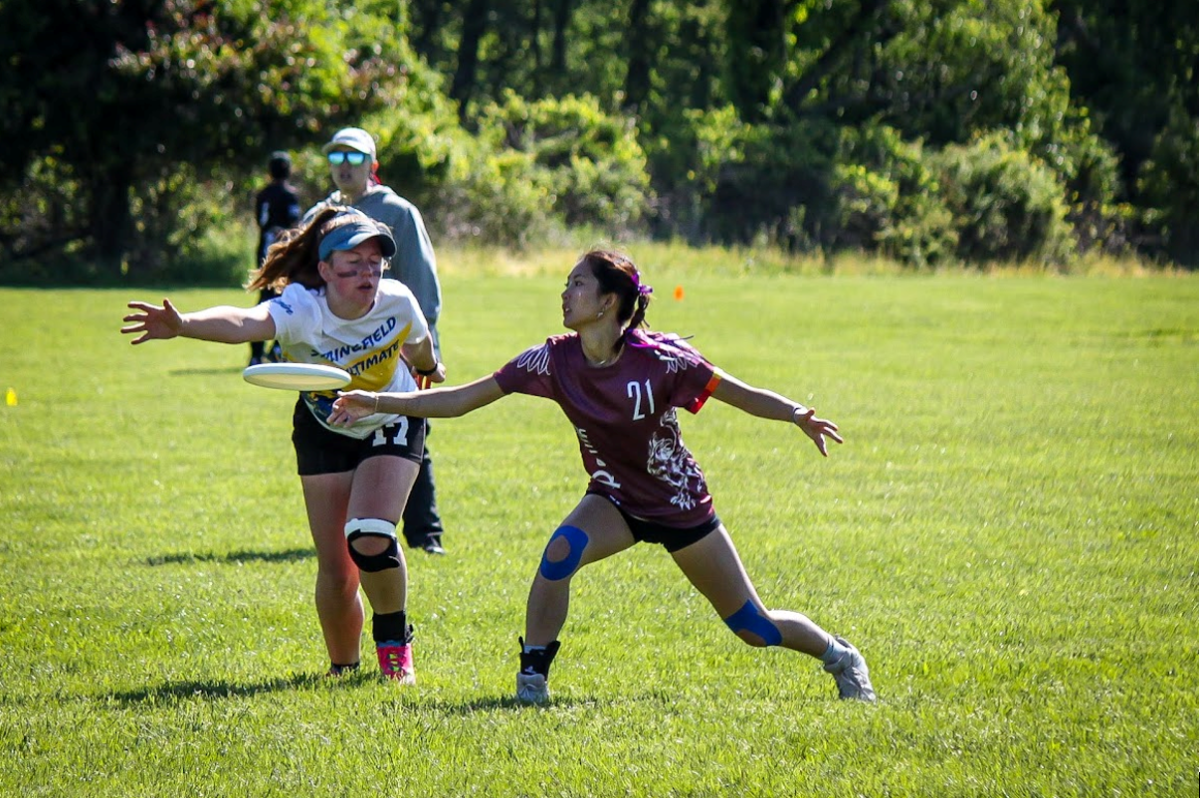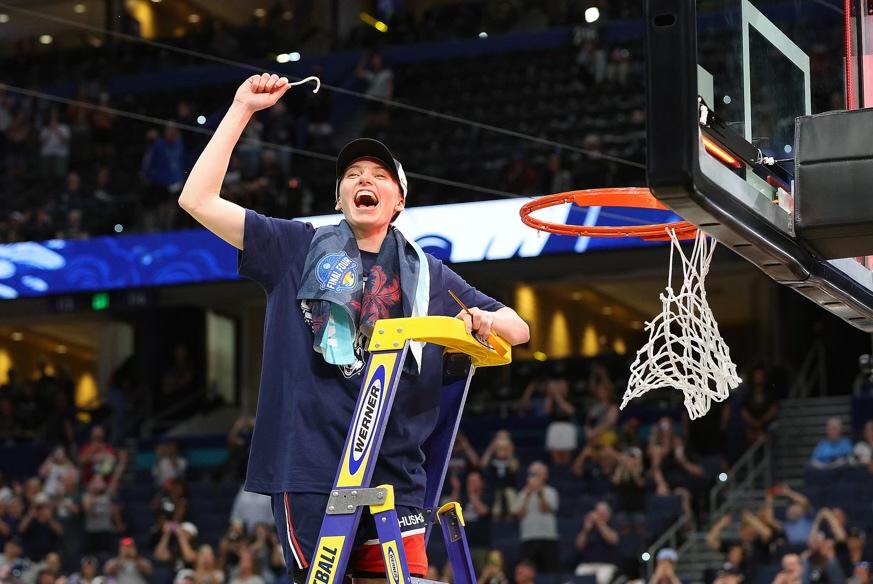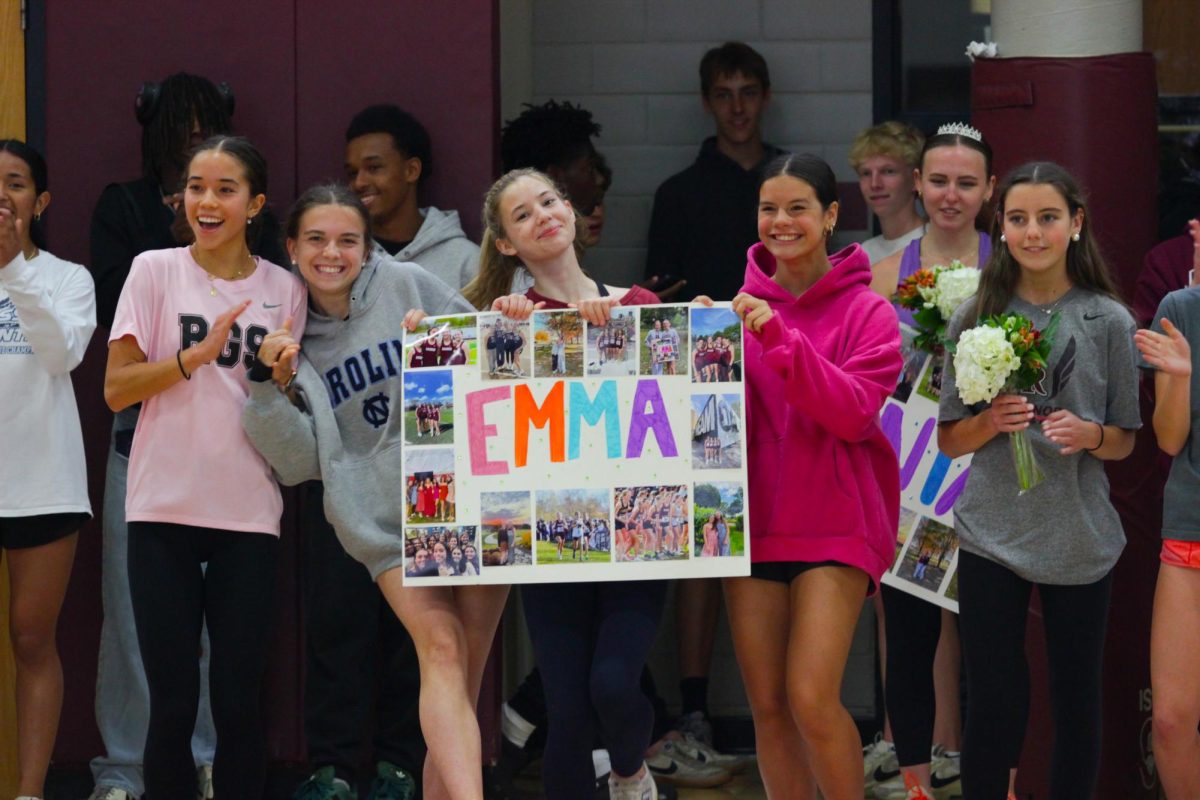What is the transfer portal?
For many high school students, the day their college acceptance comes out is the day they can finally settle into their new home for the next four years. Families and students alike plan for the academic and financial changes that will inevitably emerge in the next chapter of education. However, this sort of obligation does not apply to all students. For collegiate athletes, October 15, 2018 marked the date which drastically shifted the weight of their previously permanent college commitment decisions.
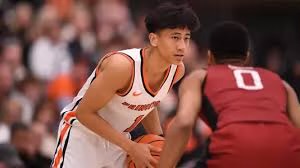
Athletes no longer were required to devote the next four years of their life to a singular college program but instead they could jump ship for better opportunities. The implementation of the transfer portal has allowed hundreds of athletes to seize better opportunities through switching programs. The reasons why many athletes move frequently stay undisclosed but often result from issues of playing time, problems with the team or coaching staff, or poor NIL/business opportunities.
Record breaking numbers and who’s transferring

Coming out of the 2024-25 season, record breaking numbers of NCAA basketball players are entering the transfer portal that seemingly resembles the free agency path of the NBA. As of Wednesday, April 2, there were over 1,700 men’s players in the portal out of the roughly 5,600 men who play NCAA D1 basketball according to 247Sports. The players range in region and skillset while all sharing the desire for better opportunities. For instance, there are players like Xaivian Lee, a 6-4 guard at Princeton with a legitimate shot at the NBA. Lee will thrive from the exposure that comes with a larger team and hopefully he can use his platform to continue to inspire athletes of Asian heritage. He recently committed to the NCAA runner-ups, the Florida Gators where he is sure to get more attention on a bigger stage. On the women’s side, just over 1,000 players entered the portal. One of the most shocking players in the portal is standout guard Olivia Miles of Notre Dame whose IQ and passing ability is second to none. She’s one of the top prospects for the WNBA draft and why she’s choosing to move is still a mystery. She recently committed to Texas Christian University for her final year of collegiate basketball where she is sure to make an impact. Many other generational players have relocated to schools they see fit. In fact, by the closing of the portal in late April, 2,300 men’s players and 1,500 women’s players entered the portal, setting new records and promoting more challenges for college programs.
Team Culture and Dynamics
With all the factors of the portal taken into consideration, the question of “why” still lingers. Everytime another athlete who helped lead their team deep into the NCAA tournament or who shaped the young core of their program’s culture announces their departure, it begs the question of why. At one point it is time to consider what’s making these athletes leave and if the coming and going of athletes is healthy for team culture, especially if almost an entire roster transfers out of a program at once. For instance, the Arizona Wildcats and the USC women’s team had some of their best players entering the portal including Jada Williams and Avery Howell which raises questions about the team dynamic and culture.
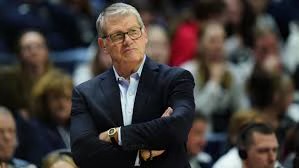
To hear from a coaching standpoint, Geno Auriemma, who is the winningest coach in men’s and women’s college basketball history, gave many opinions on the portal. The UConn women’s coach is well aware of the changes in collegiate basketball and the escalated struggles players face, “‘For 1,000 kids to be in that portal that means there’s something wrong with the system,… There’s something wrong with the culture of college basketball today. There’s something wrong with the entitlement that happens to exist today.” When a coach at Auriemma’s caliber makes this sort of statement it should set the tone for many other programs. As major D1 programs continue to build strong cultures within their programs, they must be aware of the new processes like the portal and NIL and develop an understanding and relationship with their players.
How transfer portal and NIL will continue to shape college athletics in the future
With the recent creation of the transfer portal and new NIL (name, image, and likeness) rules that allow athletes to manage their own branding and opportunities, college athletics has turned into more and more of a business. The issue begins with resources. Some schools are more adept at managing students with brand deals because of university policies or business advisors, already at the disposal of athletes. This creates more opportunity for larger name players and gives an incentive for many athletes with the same goal to transfer programs. Unfortunately, the needs of individuals may sometimes outweigh the needs of the team which leads to years where programs must reconstruct their whole roster because everybody leaves. This threatens the team dynamic and does not always send a good message to the athletes themselves. While the portal and NIL deals create limitless opportunities for individuals, the individual values of self-branding may contrast with the overall goal of commitment and team building within a program.



